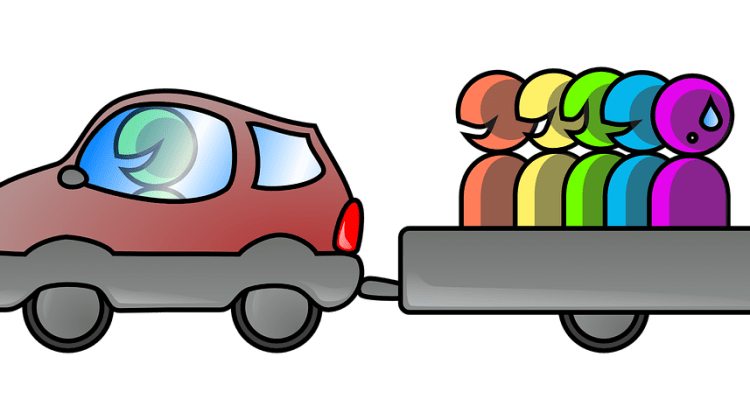
- Client :Blablacar
- Category :Discrete Events, GIS
- Project Url :
- Date :June 3, 2019
Challenge
The challenge in this case was to simulate the situation of a ride-sharing platform for private car owners, which only has a mediating function, as a place to “get together”, which means that the car owners who offer a shared ride are private, as well as the people who look for a ride.
Three different scenarios must be tested in order to understand customer satisfaction, users growth and the possibility for the user to move to a competing platform: an initial situation (without fee), a situation where the platform provider charges a fixed fee at a fixed time for the commission of rides and a situation where the fee is introduced sequentially for different regional segments. Previous empirical research showed that price segmentation was the best long-term solution for the platform to succeed in Germany, and the simulation was a tool to confirm that.
Solution
To test the hypothesis, a simulation was built using a Discrete-Events model in AnyLogic, taking advantage of the GIS integration to improve visibility of the situation. Segmentations were made by region in the country as shown in figure 1.
Figure 1 – Segmentation areas
Three scenarios were tested and the results needed to show a comparison between the platform at hand and the competing platform, also showing the users who use both. The first scenario without fee was not particularly interesting in comparison to the pricing comparison models. The other two scenarios (fixed price and segmented price) were simulated and compared in relation to the users of the different platforms.
Outcome
The hypothesis that the segmented price segmentation would lead to better customer satisfaction, and a more significant users growth over time was confirmed by the simulation. This is an example where simulations can be used as a second measurement tool in order to prove a point with additional arguments.
Project Features
- Industry: Applications
- Model: Discrete-Events & GIS
- Duration: 1 Month

